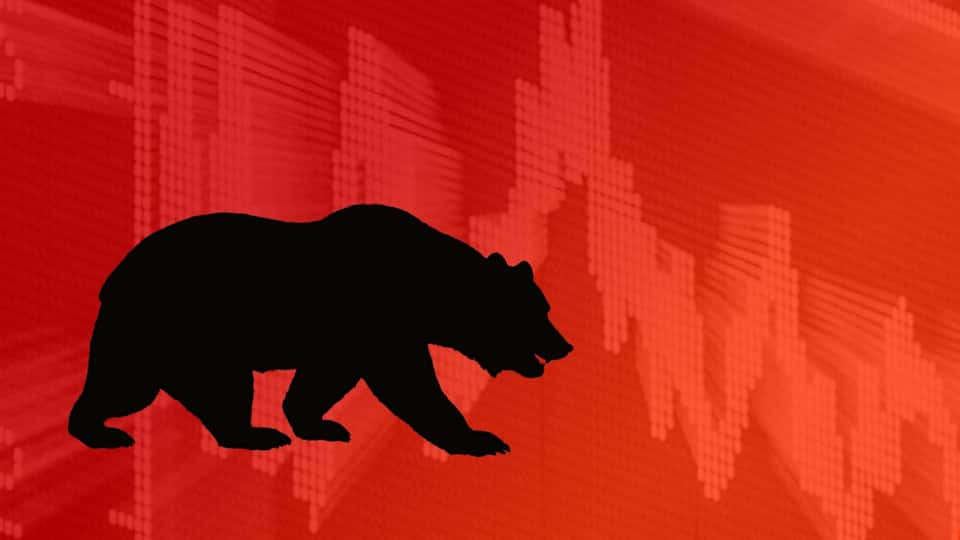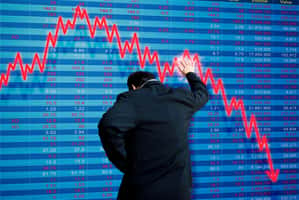Gains have been coming fast and furious for the stock market of late:
+3.9% the past month
+10.3% for last 3 months
+31.2% for all of 2019
…and let’s not forget the impressive +389.6% gains since this party got started in March 2009.
It’s true that bull markets don’t die of old age. But there are 3 tried and true indicators that help investors predict when the next bear market will emerge.
Let’s discuss the status of each to provide a clear eyed view of where stocks should head in 2020.
Economic Growth (aka Recession Watch)
Recessions = lower earnings = lower share prices
That is a pretty easy equation to understand. However, it is a much tougher equation to predict when the next recession comes around. In fact, the Wall Street Journal has measured that no more than 40% of the professional economists have predicted a recession before it came on the scenes.
The best we can do is to simply measure the current health of the economy. Sure we could talk about indicators ranging from manufacturing to services to retail to construction to employment. But at the end of the day it all boils down to GDP.
There we see that the past 2 quarters have come in at +2.1% and +2.0% respectively. And the GDPNow model from the Atlanta Fed is calling for +2.3% in Q4.
This is actually a notch above the average growth rate from the last 10 years of this bull market period. But what is most impressive is that it happened all the while business spending slowed down because of China trade fears. This bodes well for the economy when the China trade deal finally goes through and businesses unleash that pent up demand.
Long story short, it is hard to be bearish while taking an honest assessment of the current economic picture.
Raging Inflation? Not Even Close!
Periods of high inflation have often preceded bear markets. That is because they initially create a boom period that is followed by a thunderous bust.
As you know the Fed has a 2% target for inflation and yet have had a devil of a time getting it up to that level. Or to put it another way, inflation is tame and we are very far away from a period of raging inflation that would have us be worried about a looming recession.
Next…
Valuation
Most bear markets are borne of recessions. But sometimes it happens after an equity bubble like we saw back in 2000 with runaway tech stocks. Thus, it makes sense to check the valuation levels of the market to insure we are not getting ahead of ourselves.
Some investors will point to the 18.3 PE as a sign the market is overvalued. And to that I say HOGWASH!
Yes, the average historical PE is just below 16. But it is quite typical for the PE to get up to 22-24 in the latter stages. We are a far cry from that lofty level.
Even more telling is the Earnings Yield metric that helps compare the relative value of stocks to bonds.
10 Year Treasury Yield of 1.8% vs. 5.5% earnings yield for S&P 500.
Meaning that stocks are paying a 3X better rate of return than bonds. Sure Treasuries are considered the safest investment, but over the long run investors are realizing the S&P is a pretty safe bet too and these yields move towards parity at the end of a bull market cycle.
Note that I do not expect stocks to rally, rally, rally to get to a 1.8% earnings yield. Instead, I suspect that bond rates will start to rise back to their historical norm of 3.5% to 4% in the years ahead. And that is where stock and bond yields will likely meet up before this bull party is over.
Let me solidify this final point. The low bond rate environment is the #1 reason why this bull market has remained in place so long…and will likely continue on for quite some time.
What to Do Next?
For starters, keep riding the bull market higher until there is reason for real concern. I will do my best to make you aware of any changes to that outlook in this commentary and in the Reitmeister Total Return service.
For now, just dig into the links below to point your way to some of the most attractive stocks to buy now:
3 Best Oil Stocks at this Time
“Final 4” Growth Stocks for 2020
It Ain’t Over til It’s Over (market outlook about the Iran conflict)
Wishing you a world of investment success!

Steve Reitmeister
…but everyone calls me Reity (pronounced “Righty”)
CEO, Stock News Network
Editor, Reitmeister Total Return
SPY shares fell $0.25 (-0.08%) in after-hours trading Friday. Year-to-date, SPY has gained 1.20%, versus a 1.20% rise in the benchmark S&P 500 index during the same period.
About the Author: Steve Reitmeister

Steve is better known to the StockNews audience as “Reity”. Not only is he the CEO of the firm, but he also shares his 40 years of investment experience in the Reitmeister Total Return portfolio. Learn more about Reity’s background, along with links to his most recent articles and stock picks. More...
More Resources for the Stocks in this Article
| Ticker | POWR Rating | Industry Rank | Rank in Industry |
| SPY | Get Rating | Get Rating | Get Rating |
| Get Rating | Get Rating | Get Rating | |
| IWM | Get Rating | Get Rating | Get Rating |
| MDY | Get Rating | Get Rating | Get Rating |
| QQQ | Get Rating | Get Rating | Get Rating |






